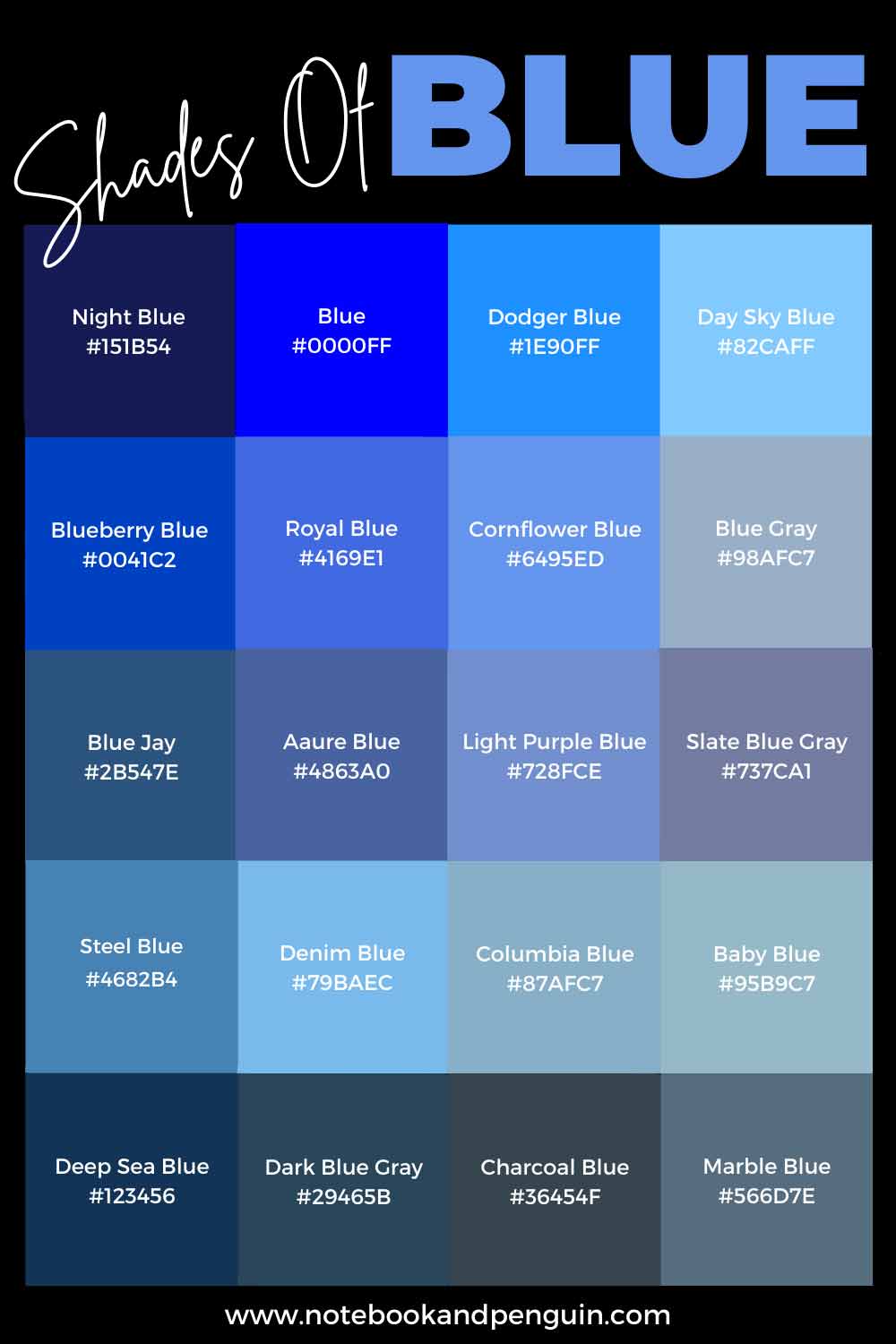Is The Blue Crown Real - Shades And Stories
It's interesting, really, how certain colors can spark so much conversation, especially when you're talking about old cars or particular bits of machinery. You know, sometimes a shade of blue, or a blue component, can bring up all sorts of questions about its history, its purpose, or even if it's truly what it seems to be. It makes you wonder, in a way, about the real story behind some of these blue things we come across.
When you get into the world of folks who like to tinker with vehicles, or perhaps just enjoy looking at them, you often hear talk about specific details. There are threads online, for instance, where people chat about things like a particular kind of tail light or a certain paint color. These discussions, you see, often revolve around what's authentic, what works best, or what something actually looks like in person.
So, it's pretty clear that when we talk about "blue," it's not always just a simple color. It can be a clue, a characteristic, or even a point of debate. We're going to take a look at some of these blue elements, pulled from various chats and notes, and sort of figure out what they tell us about the world of cars and their quirks.
Table of Contents
- What's the Story with Blue on the Road?
- When Blue Isn't Just One Color
- The Practical Side of Blue Things
- Blue in the Details - Ads and Plates
- Blue for Keeping Things Together
What's the Story with Blue on the Road?
When you spend time looking at different kinds of vehicles, especially ones that have been around for a while, you start to notice certain things. Sometimes, it's a specific color that catches your eye, or perhaps a part that just looks a little different. These details, you know, often spark conversations among people who share an interest in cars. It's almost like a shared puzzle, trying to piece together the bits of information about these unique features. We're going to explore some of these "blue" mentions that have popped up in various discussions, seeing what they tell us about the reality of these things on the road.
The Blue Bandit Mystery - Is the Blue Crown Real?
Someone once asked for pictures of something called a "blue bandit." This particular chat started up on a message board, way back in 2008. It makes you wonder, what exactly is a "blue bandit" in the context of cars? Is it a car painted a very particular shade of blue, or maybe a vehicle with a special, almost sneaky, look that got this nickname? The fact that people were asking for pictures suggests it's a thing that's out there, perhaps a bit elusive, but definitely something folks want to see. So, you know, the idea of a "blue bandit" being a real thing, a visual presence, seems pretty solid.
The search for images of a "blue bandit" shows how much people value seeing things with their own eyes. It's one thing to hear about a car with a cool name or a unique color, but actually seeing a photograph of it, that's what makes it feel truly real. It helps to settle any questions about what it might look like, or if it's just a story. This kind of discussion, looking for visual proof, is a fairly common thing in online groups where people share their hobbies and interests.
- Ellie Nova Stepsister
- Will Reeves Future Plans
- How Old Was Lady Gaga In 2008
- Pen%C3%A9lope Cruz
- Shelby Bryan
Those Blue Dot Lights - Are They Really There?
Another topic that came up in a forum was about "blue dot tail lights," with someone simply asking, "why?" This talk began in 2009. These lights are a classic touch on certain custom cars, especially hot rods. They have a small, blue-colored insert in the middle of the red tail light lens. The blue dot gives off a purplish glow when the lights are on, which is a bit different from the usual red. People often put them on their cars for a certain look, a kind of vintage custom flair.
The question of "why" these lights exist or why people use them is interesting. Is it just for appearance, or is there some other reason? Some places, as a matter of fact, have rules about what colors lights can be on a car, so sometimes these blue dot lights can be a point of discussion regarding legality. But they are, very much, a real thing you can buy and put on a car, a choice many builders make to give their vehicle a bit of unique character. So, yes, they are quite real, and their presence is usually about making a statement.
When Blue Isn't Just One Color
It's funny how a single color name can actually refer to a whole bunch of different shades. You might think "blue" is just "blue," but when you get into the details of paint for cars, things get a little more complicated. This is especially true for older colors, where variations might have happened over time or from different manufacturers. It leads to some interesting conversations, and sometimes, a bit of head-scratching, as people try to figure out what the "true" version of a color actually is. This variation in what seems like a simple color can make you wonder about the precise nature of these blue things.
Washington Blue - So Many Shades, Is the Blue Crown Real?
Someone once started a whole conversation just to ask about the different shades of "Washington blue" they kept seeing. It seems like there are many different hues all going by that same name. As this person was looking into it for their own thread, it sort of came to mind that this was a bigger question than just one color. How can one color name cover such a range of appearances? It's a bit of a puzzle, you know, trying to pin down the exact color when there's so much variation.
This situation with "Washington blue" really highlights a common issue in restoring older cars or even just trying to match a specific paint. What one person calls "Washington blue" might look a little different from another's, perhaps due to how the paint was mixed, how it aged, or even how it's seen in different light. So, the "blue crown" here, if you think of it as the definitive version of Washington blue, seems like it might be more of a concept than a single, unchanging thing. Its reality is more about a range of accepted appearances than one precise shade.
The Blue of Heat - What Happens to Headers?
When we talk about car parts, some of them actually change color over time, especially when they get really hot. There's a mention of exhaust headers, for example, that eventually turned blue. These are the parts that collect exhaust gases from the engine. They get incredibly hot during operation. When metal, especially chrome or stainless steel, gets to very high temperatures, it can change its surface appearance, taking on different colors like gold, purple, and yes, blue. This is a natural process, really, due to the heat affecting the metal's surface layer.
The fact that headers can turn blue is a real physical phenomenon. It's not something made up or a trick of the light. It's a sign of the extreme conditions these parts work under. While the chrome might have also started to fall apart a bit on these particular headers, the blue color itself is a pretty common thing to see on exhaust systems that have been used a lot. So, the "blue crown" of these headers, their blue appearance, is very much a factual outcome of their job.
The Practical Side of Blue Things
Beyond just how things look, blue can also be about how things work or how you deal with them in a practical sense. In the world of cars, there are often specific parts that are blue, or advice that involves blue-colored items. These are the sorts of details that mechanics, hobbyists, and anyone working on a car needs to know about. It's about understanding the function and the common sense approach to keeping things running smoothly. We'll look at some of these working blue parts and the advice that goes with them.
Fuel Pumps - Red or Blue, Is the Blue Crown Real in Performance?
Someone mentioned running both Holley red and blue fuel pumps for a while. These are electric fuel pumps, and the different colors usually mean different flow rates or pressure levels. The red pump, for instance, typically offers a certain performance, while the blue pump might be for a slightly different setup. The person couldn't help with the original question about their pumps because they always used them with a Holley carburetor, which is a specific brand of fuel mixer. But their advice was pretty clear: always keep an extra red pump in your trunk, along with the tools to change it out if needed.
This practical suggestion, to carry a spare pump, tells you a lot about the reality of these parts. Things can break down, and having a backup means you're ready for it. So, the "blue crown" here, in terms of the blue pump's reality, is about its actual function and its place in a working fuel system. Both the red and blue pumps are very real components, each with their own job, and knowing which one you have, or having a spare, is just good sense when you're out on the road.
Wiring Colors - A Blue Guide, Is the Blue Crown Real in Circuits?
There's a mention of a list of Chevy color codes for wiring, as known by most wiring companies. But it also points out that this list isn't fully complete, because Chevy made some alterations to their wiring colors over time. This means that a "blue" wire in one Chevy model or year might not do the exact same thing as a "blue" wire in another. It can be a bit confusing for someone trying to figure out what's what in a car's electrical system.
The "blue crown" of a blue wire, its definitive meaning, can be a bit fluid. While there are general standards, the reality is that older vehicles, or even different versions of the same model, might have slight variations. This means you can't always assume that a blue wire will always serve the same purpose. It's why wiring diagrams are so important, to really pin down what each wire does in a specific vehicle. So, the reality of a blue wire's function is very much tied to the specific car it's in and the year it was made.
Blue in the Details - Ads and Plates
Sometimes, the color blue shows up in things that aren't directly part of the car itself, but are connected to it in other ways. This could be in advertisements that pop up online, or even on the license plates a car carries. These details, you know, can tell their own story, sometimes about what's being sold, or about the history of a vehicle. They bring up different questions about what's genuine, or what's just for show. Let's look at how blue appears in these kinds of connections to cars.
That Blue Ad - Is the Blue Crown Real in Pricing?
Someone mentioned seeing a "blue print ad" pop up again on Facebook, showing prices that seemed a bit over the top. These ads showed the front of a building and used lots of pictures of what seemed to be from the business. It's a common thing to see ads online that might make you question the value or the offer. The "blue print" part might refer to the color scheme of the ad itself, or perhaps a style of advertisement that resembles old blueprints.
The "blue crown" of this ad, in terms of its pricing, is definitely something that raises questions about its reality. When prices seem too high, it makes you wonder if the deal is genuine or if it's just a way to grab attention. The fact that it popped up "again" suggests it's a recurring advertisement, perhaps one that has drawn skepticism before. So, while the ad itself is a real thing appearing on a screen, the reality of its pricing or the value it offers might be something to look at very carefully.
License Plates - The Blue of History, Is the Blue Crown Real on Old Cars?
There was a discussion about "blue plates" that were officially connected to a 1966 Olds. The thing is, for a 1966 car, the correct license plates for that year would have been black and yellow. So, the owner was simply holding onto the registered plates they had for the car. This brings up an interesting point about how cars are registered and what plates they carry. Sometimes, people keep older plates, even if they don't perfectly match the year's typical colors, as long as they are officially registered to that vehicle.
The "blue crown" of these plates, their color, is real in the sense that they exist and are on the car. However, their "reality" in terms of being historically accurate for that specific year of car is a bit different. It shows that what's legally allowed (keeping registered plates) isn't always what's historically typical. It's a good example of how the actual presence of something can be true, even if its context or historical fit is a little off. This kind of detail is something car enthusiasts often notice and discuss.
Blue for Keeping Things Together
Sometimes, blue isn't just about how things look or how they work, but about how they stay connected. In the world of mechanics and building, there are products that come in different colors to indicate their specific purpose, and blue is one of those colors. These products are pretty important for making sure parts stay where they're supposed to, even under tough conditions. It's a very practical kind of "blue" that helps keep things from falling apart. We'll look at one such example that comes up in conversations about car parts.
Blue Loctite - A Firm Hold, Is the Blue Crown Real in Fasteners?
A member from Portland, Oregon, who worked for a company that makes aftermarket brake parts, suggested using "blue Loctite" on their NPT brake fittings. Loctite is a brand of threadlocker, which is a liquid that you put on screw threads to keep them from coming loose due to vibration or movement. Different colors of Loctite have different strengths. Blue Loctite, specifically, is a medium-strength threadlocker. It's strong enough to keep things tight, but you can still take the parts apart later with normal hand tools if you need to.
The "blue crown" of Loctite, its blue color, is very real and serves a very practical purpose. It's a visual code that tells you about its strength and how it works. When someone recommends blue Loctite, it's because it's a specific product with a known function, and it's trusted to do a particular job, like keeping brake fittings secure. So, its reality is in its chemical properties and its usefulness in keeping mechanical assemblies firmly connected.
- Clint Eastwood Children
- Ellie Nova Cheer
- Project Runway Season 9
- Did Project X Actually Happen
- The Real Project X

75+ Shades Of Blue (Blue Hex Codes & Color Names Included)

3840x2160 Navy Blue Solid Color Background

Navy Blue Color Meaning, Symbolism, Codes and Palettes That You Need